We go inside the plans for scientific research base on Wirral's beautiful Hilbre Island
and live on Freeview channel 276
Seven derelict buildings on an island off Merseyside are set to be transformed and ahead of the renovation, we were invited to a tour inside them.
Hilbre Island is a popular visitor destination about a mile off shore from West Kirby in north west Wirral. The two islands have a long history, going back to the Iron Age. They have been visited three times by Prince Philip and are believed to have been involved in pirate raids and smuggling in the 18th century.
Advertisement
Hide AdAdvertisement
Hide AdThe islands have gone through several different uses over time with only a bird observatory and two family homes still in regular use. In recent years, a number of the buildings on the islands which were taken over by Wirrral Council in 1974 have been left unused, slowly falling into disrepair.
This month in an effort to bring the buildings into use, Wirral Council agreed to transfer a lease for the former Seagull Inn, the Buoy Master’s House, the Telegraph House, and several other buildings over to a newly formed trust for the next 30 years. The aim of this move is to provide the trust with the ability to bid for grants and fundraise to support plans to turn the buildings into art studios, overnight accommodation, and a research base for scientists.
The Hilbre Community Land Trust is made up of three different organisations, the British Art and Design Association (BADA) who first put forward the idea several years ago as well as the Friends of Hilbre Island and the bird observatory on the island.
The island has a number of protections under national and international environmental law and is also a nature reserve meaning the group need to work closely with bodies like Natural England and Heritage England on their plans. Their idea is to make minimal changes to the outside of the buildings in an effort to preserve Hilbre’s unique beauty and rare wildlife.
Advertisement
Hide AdAdvertisement
Hide AdDominic Wilkinson, a professor at Liverpool John Moores University and BADA member, said: “It’s just the bits that aren’t open to the public at the moment and look to restore those and stabilise those buildings. They’ve been unused for a number of years and they’ve started to deteriorate quickly.”
He added: “We all love the island. We love it as it is so what we want to do is not change that except to stabilise the buildings and give them a use, make sure they’re secure, watertight, heated and not decay. The idea is to give them as light a touch as possible on the whole thing and to not touch any of the areas that are open to the public.”
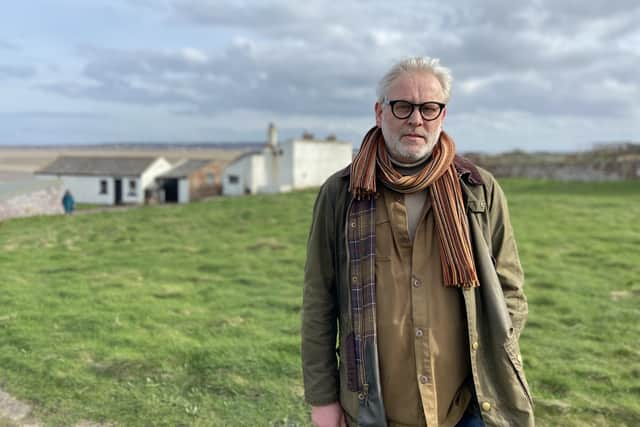

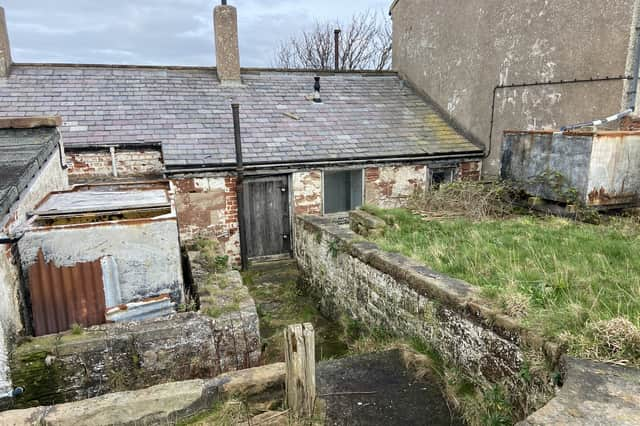

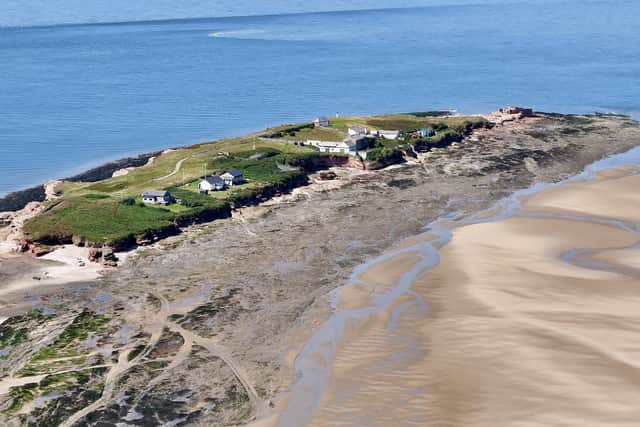

Four of the buildings are listed and those behind the takeover said this is needed to save the buildings which would eventually fall into ruin if left exposed to harsh weather. Mr Wilkinson said there are a number of groups who already used the island for research but are “very much at the mercy of the elements,” adding: “If you’re coming out here in January with 100 biology students, it’s quite an austere experience.”
He added: “This is somewhere they could write their notes, collect their thoughts and use the island as a centre for arts, science, and sustainability.”
Advertisement
Hide AdAdvertisement
Hide AdSustainability will also be a big part of the plans, with the trust as it looks to bring in renewable energy, a new water system, and potentially a biomass generator. The trust will also eventually look to restore a greenhouse that used to look over to Hoylake.
One room, currently filled with artefacts found on the island over the years, will be turned into a social space where those staying can come and grab a tea or coffee. It will also be available to the public when visiting but only on open days with the idea the programme won’t be commercial due to restrictions around the use of the island.
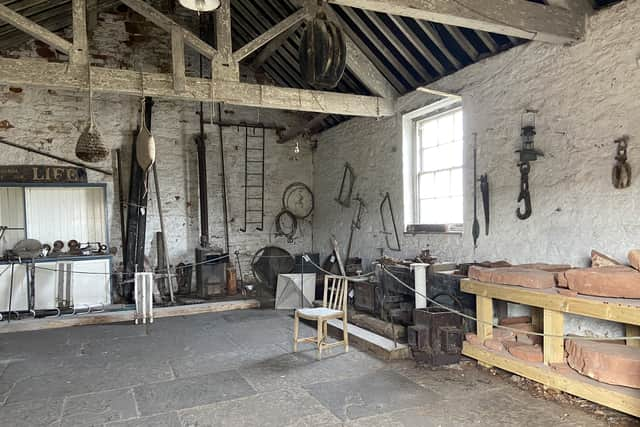

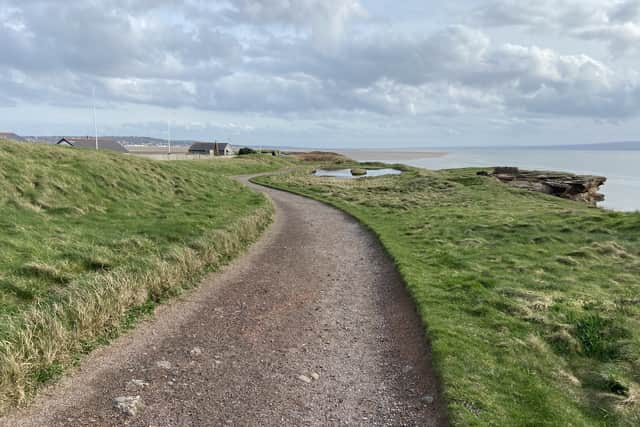

Mr Wilkinson said: “It’s somewhere whoever is using the buildings can come here and socialise. You might get a scientist next to an artist sat next to a Friend (of Hilbre Island.)”
Elsewhere in the same building, an old kitchen and derelict rooms will become research study areas where scientists will be able to put together the data they’ve collected. Mr Wilkinson added: “This will be used on a day to day basis and this will be for people coming out during the day.”
Advertisement
Hide AdAdvertisement
Hide Ad“There’s so much that’s special about the island. It feels a bit like a bit of the outer Hebrides only it’s an hour’s walk from West Kirby,” adding: “The thing with Hilbre is it’s got a lot of things other places have got but it’s an incredibly condensed location and on a tidal island which is quite special really.”
However the group faces a big challenge. Mr Wilkinson said they were expecting to need about half a million pounds to do up the buildings and begin to make a start, adding: “At the moment there’s no gas, water or electricity on the island.”
He said: “We have the added complication of it being across a beach. It is on an island and a nature reserve. What this means is that any work that is done will be expensive and there will be a lot of work that needs to be done before we even start to think about those.”
To fund this, the trust will look at bringing in a membership scheme and start looking at ways to fundraise and bid for funding from the Liverpool City Region environment and Heritage Lottery funds.
Comment Guidelines
National World encourages reader discussion on our stories. User feedback, insights and back-and-forth exchanges add a rich layer of context to reporting. Please review our Community Guidelines before commenting.